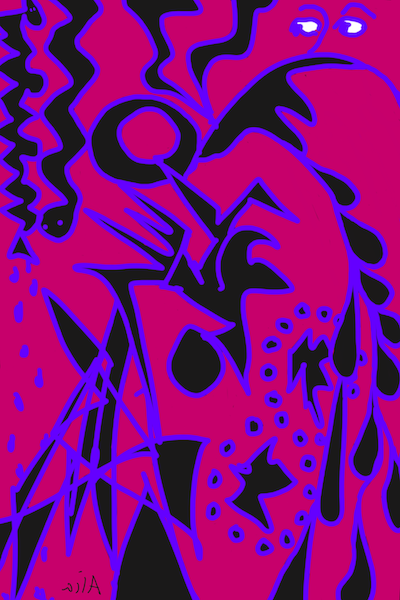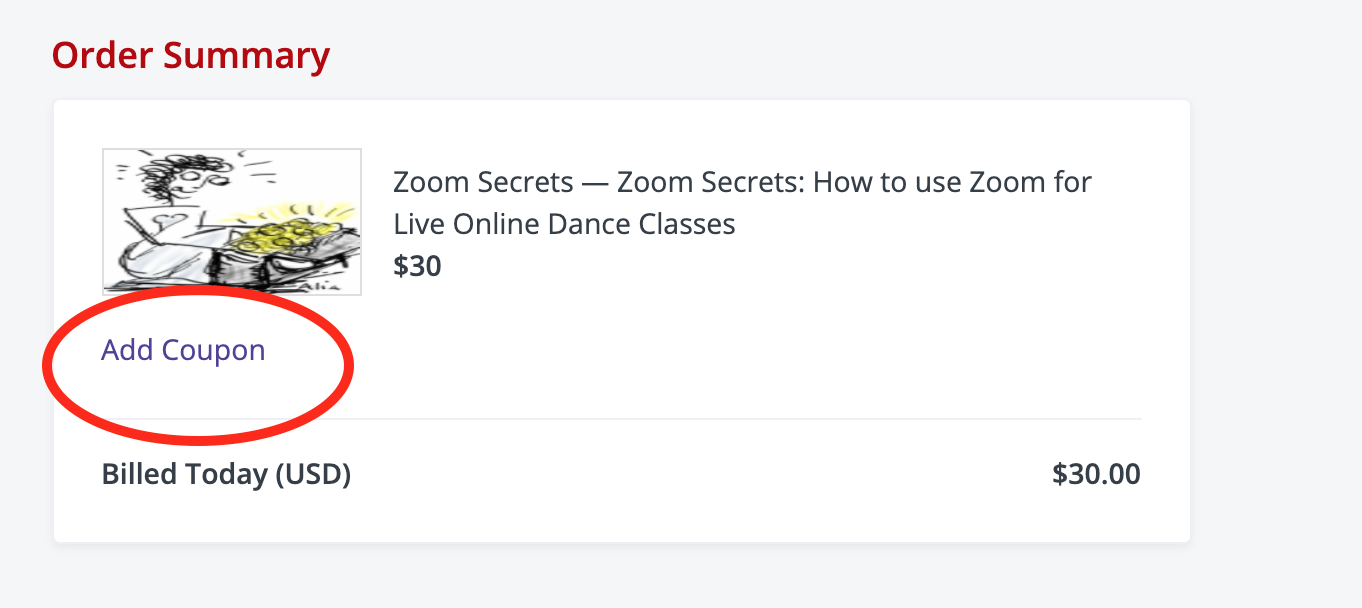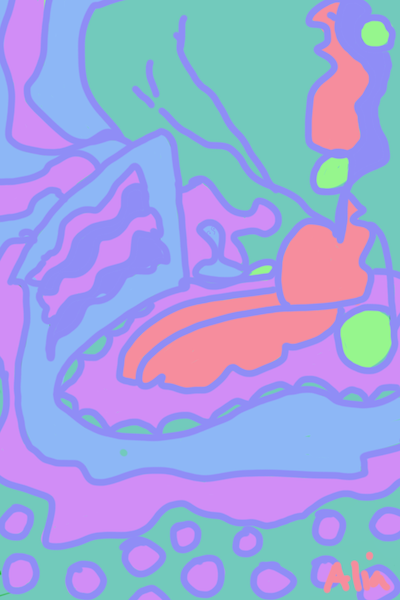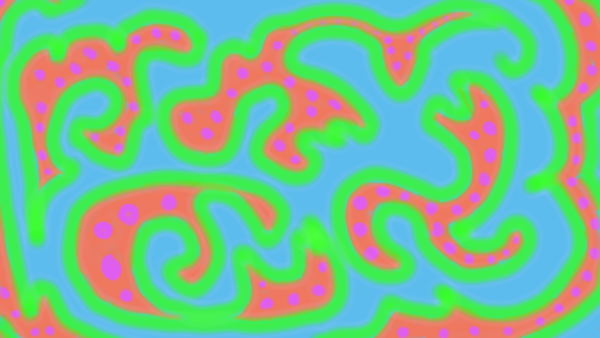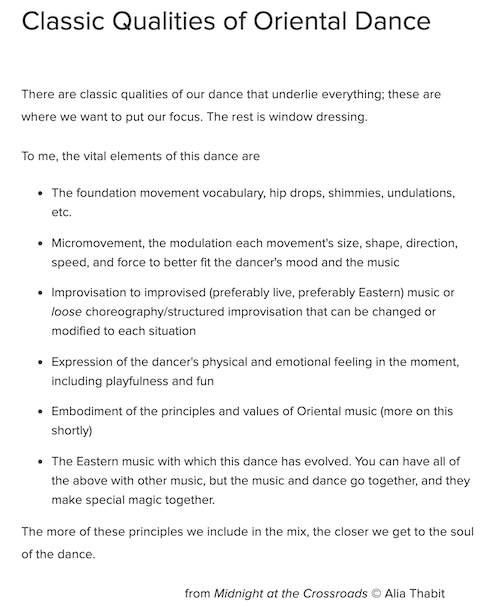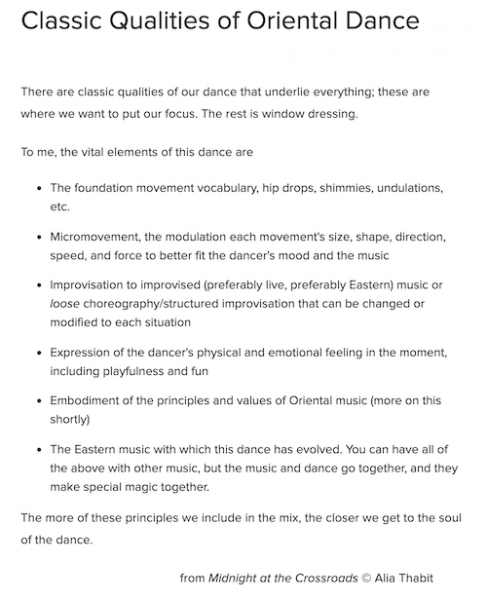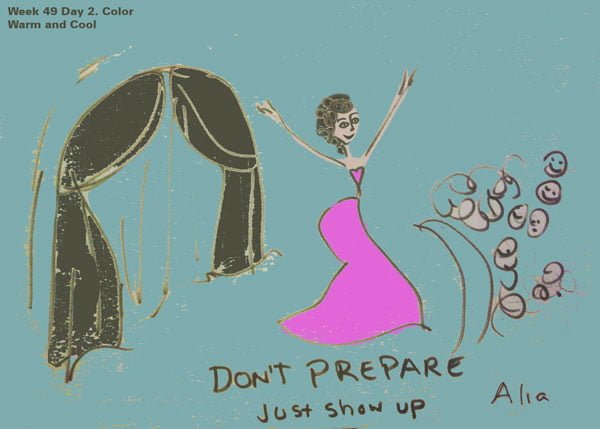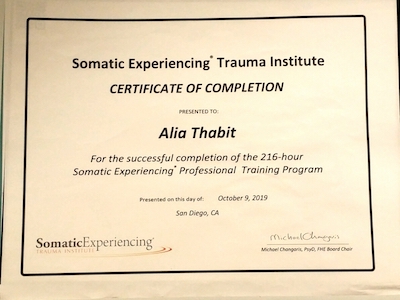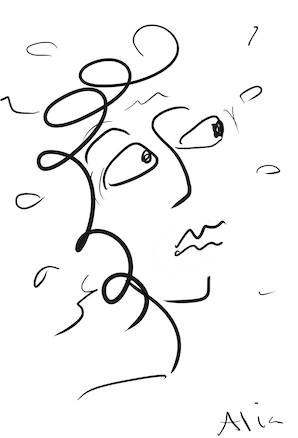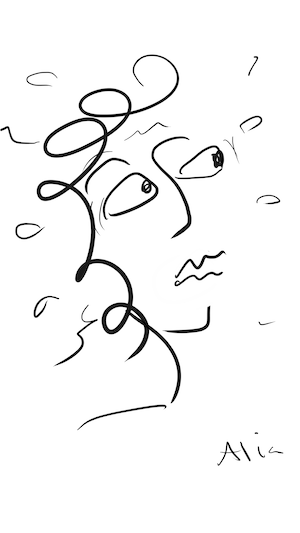Delsie Hoyt makes beautiful art-quality braided rugs. They are a joy to see! She also teaches rug braiding. She says it makes her chuckle when students bring their project to her, often in tears, to show some terrible mistake they have made, some wrong twist somewhere along the line—and now their project is ruined. Ruined! Delsie throws the rug on the floor so the whole thing is visible. “Can you see that now?”
The answer is generally No.
Once we step back into a wider perspective, things tend to even out.
As humans, we tend to orient towards any potential threat–we get so used to that, we will invent one when we can’t find any. I recently piloted the class How to Dance (or Speak) for the Camera. Over the course of the class, folks became much more confident and skilled in their on-camera interactions. It was a real pleasure to witness! We met every other week; folk also received two personal sessions to use as they wished (from SE work to resolve anxiety to practical coaching on tech issues). Participants practiced with the group and developed strategies for their particular approaches.
One of the most important parts of the work was feedback on the practice presentations. The only feedback allowed was avid attention, enthusiastic applause, and things we liked about the presentation. Yep, that was it. And it’s harder than it sounds. Not the giving–there are so many wonderful things to notice when we look for them. It’s the receiving that is hard.
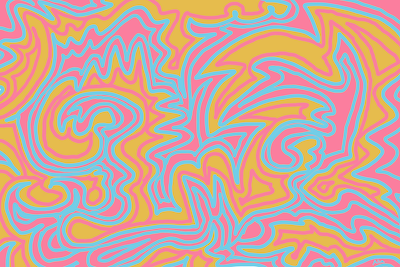
Who among us can take a compliment?
I mean, really hear it, savor it, let it sink in? It’s kinda hard, right? We are so used to being told what’s wrong. Where we need work. How to improve. We’ve been conditioned to think we need that. We mistrust compliments. We want brutal honesty.
What, compliments are inherently dishonest?
What about kind honesty?
I have taught English composition at the college level for 25 years. I teach students how to write papers. One term, I got a note from a student who thanked me. She said, You are the only English teach in my entire life who ever complimented my writing. I kept that note on my office wall to remind me what’s important. Kindness. Positive reinforcement. A focus on what’s good. Because when I do that, I see student work improve.
I find it in dance as well.
And I found it in that camera class. Creating a safe space for students to play, to try new things, made a difference. A big difference. So I, too, chuckled when folks came to their personal session asking me to actually critique their work. Like what was wrong, needed work, improvement, and so forth.
Thus, I was delighted when a friend mentioned this article, The Case Against Critical Feedback (Thank you Sajia!). The article starts with,
Earlier this year, I took a writing workshop where one of the chief rules was no negative or even constructively critical feedback. This was odd to me, as I’ve always enjoyed constructive feedback and felt it improved my writing. But I went with the new method, and the effect was nothing short of transformational. It felt like magic: as if by one wave of a wand, my writers block was gone.
Lauren D. Woods
I gotta say, I am with Lauren Woods on this. It is so easy to crush joy and enthusiasm, and soooo hard to get it back. We find this in dance alll the time, people’s joy in dance crushed by negative feedback, by making into WORK something that is meant to be FUN.
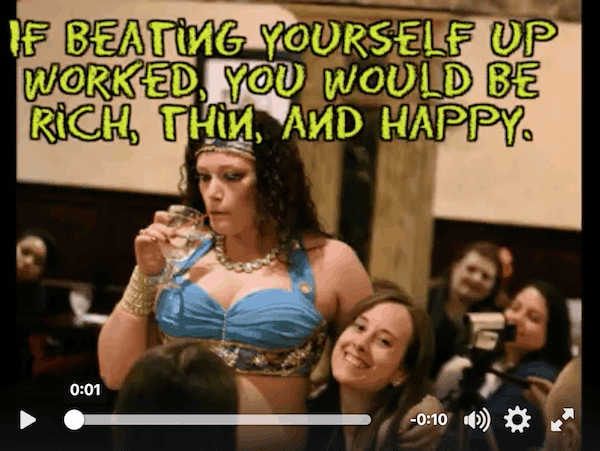
I recently assisted at a year-long Somatic Experiencing training. Assistants sit in on student sessions to help hold the container and create a safe space. We also give feedback. We talk about what we liked. And we ask afterwards, how was it for you to hear that? Why do we do this? People have to make mistakes in order to learn. People are reasonably smart, and most of them learn by observing. So we let them make mistakes and learn through doing. It’s surprisingly effective.
So all those things you feel guilty about because you should be doing better? Should be entirely perfect? Throw them on the floor. Step back into a wider perspective. Look at what you HAVE done. What IS working.
Look at you! You’ve survived, all this time!
This is nothing short of a miracle.
Celebrate your life. Your strength. Your resilience. All that you have been, done, and all that crap that’s been done to you. Yet here you are. Reading this.
Take a moment and let that sink in.
You are beautiful. You are loved.
Say it with me:
I am Alive.
I am Real.
Let that sink in, too.
With respect, appreciation, and love,
Alia
PS Thank you for supporting the Bundle, and my work through the Bundle. I appreciate your choice.
